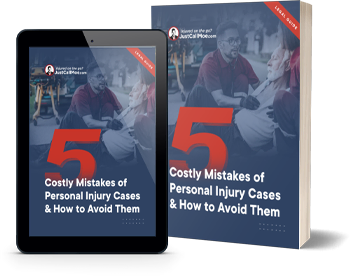Surveillance footage can be an invaluable asset in slip and fall cases, providing concrete evidence that can either support or undermine a claim. This blog post delves into the role of surveillance footage in Florida’s slip and fall cases.
1. Surveillance Footage as Evidence of Negligence
In Florida, the onus is on the plaintiff to demonstrate that the property owner knew or should have known about the dangerous condition that caused the fall. Surveillance footage can potentially show the existence of the hazardous condition and the duration it was present before the accident.
2. Use of Surveillance Footage in Defense
Conversely, defendants may use surveillance footage to counter a claim by showing that they acted responsibly, the condition was not dangerous, or that the plaintiff’s actions contributed to the accident.
3. Establishing Timeline and Authenticity
To ensure the surveillance footage is admissible in court, it’s essential to establish its authenticity and maintain the chain of custody. Additionally, the timeline depicted in the footage should align with the plaintiff’s account of the event.
4. Privacy Concerns
While surveillance footage can be beneficial, privacy rights must be respected. Surveillance in certain areas, such as bathrooms or changing rooms, may infringe upon an individual’s expectation of privacy.
5. Role of a Florida Slip and Fall Attorney
A knowledgeable Florida slip and fall attorney can help secure, review, and leverage surveillance footage effectively, presenting it in the best light for your case.
Conclusion
In Florida’s slip and fall cases, surveillance footage plays a critical role. Whether it’s providing evidence of negligence or countering a claim, this type of evidence can significantly influence the outcome of a case. As experienced Florida slip and fall attorneys, we understand how to effectively utilize this and other forms of evidence to build a strong case for our clients. If you’ve been injured in a slip and fall accident, contact us today for a consultation.

 (866) 225-5663
(866) 225-5663



